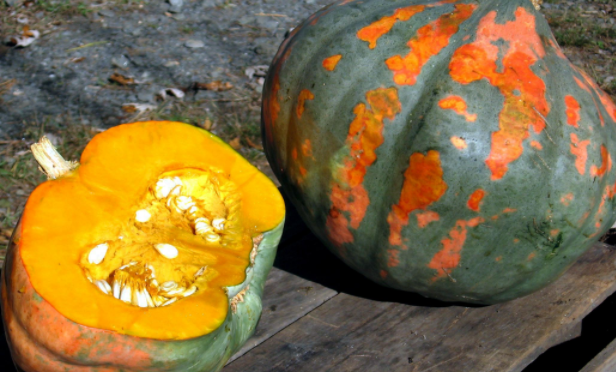We’ve mentioned fall cover crops a lot on this blog. They help protect your soil through the winter, preventing erosion and providing habitat for beneficial insects and fungi. They also add nutrients and organic matter, and suppress weeds. One of our favorite fall cover crops is Austrian winter peas. Here’s why you should consider adding them to your garden:
1. It’s not too late to plant Austrian winter peas!
At least in the upper south, the end of October is a bit late to be sowing most cover crops. Thankfully, these peas will tolerate temperatures down as low as 0°F for brief periods. We still recommend planting them 4 to 6 weeks before your first hard frost for best results. However, we’ve had luck planting later than that. You can also improve their cold tolerance by sowing them with winter rye which will help shelter the peas from wind and cold temperatures.
2. The flowers are beautiful and edible.
It’s hard not to fall in love with those little bi-colored blossoms. Beyond adding beauty to your springtime garden, you can use them to add color to salads or be as natural decorations for baked goods.
3. They’re nitrogen-fixers.
Not all cover crops have the same benefits. Austrian winter peas are what are commonly known as nitrogen fixers, meaning that they have a symbiotic relationship with specific bacteria. The bacteria colonize the plant’s roots and pull nitrogen out of the atmosphere. The bacteria use the nitrogen, and then it becomes available to the plant.
When you plant Austrian winter peas as a cover crop, that nitrogen is added to the soil for your next crop to use. Additionally, the peas provide habitat for the same type of bacteria that other legumes like snap peas and pole beans use. Helping these beneficial bacteria flourish in your soil will give you better results with these sorts of crops.
4. The shoots are great in salads and stir-fries.
Austrian winter peas are primarily grown as a cover crop or green manure, but they’re also a tasty green. The young shoots can be snipped off and added to salads and stir-fries. They have a nice pea-like flavor and will continue to grow in much of the south through the winter.
5. Austrian winter peas make great mulch.
When you’re ready to plant other crops in spring, you have a couple of options when cover cropping with winter peas. Often, people choose to till them in. However, you can also use them in a no-till garden. Simply scythe them down (or cut or pull them by hand for small beds) and plant directly into them. They make a excellent layer of mulch and will slowly decay and add organic matter to the soil.
6. Livestock loves Austrian winter peas too.
Humans aren’t the only ones that find Austrian winter pea shoots tasty. Livestock loves them. During the winter, you can cut some as a treat for goats, chickens, or other backyard livestock.
7. You can eat them like snap peas.
If you decide to let your Austrian winter peas continue growing in spring, you can eat the young pods as snap peas or use them like shell peas as they mature. Generally, they aren’t quite as sweet as other varieties.
8. The flowers are helpful for pollinators.
When you fall plant Austrian winter peas, they get ahead start on many of your spring garden crops. This means they flower early, providing bees and other pollinators with food at a critical time.
We grow and offer many different cover crops at SESE, but Austrian winter peas have earned a place as a fall favorite. They’re a great dual-purpose crop for small farmers and gardeners looking to improve their soil health and grow fresh food during the winter.



